Drying Fruits And Vegetables: Drying Fruit For Long-Term Storage
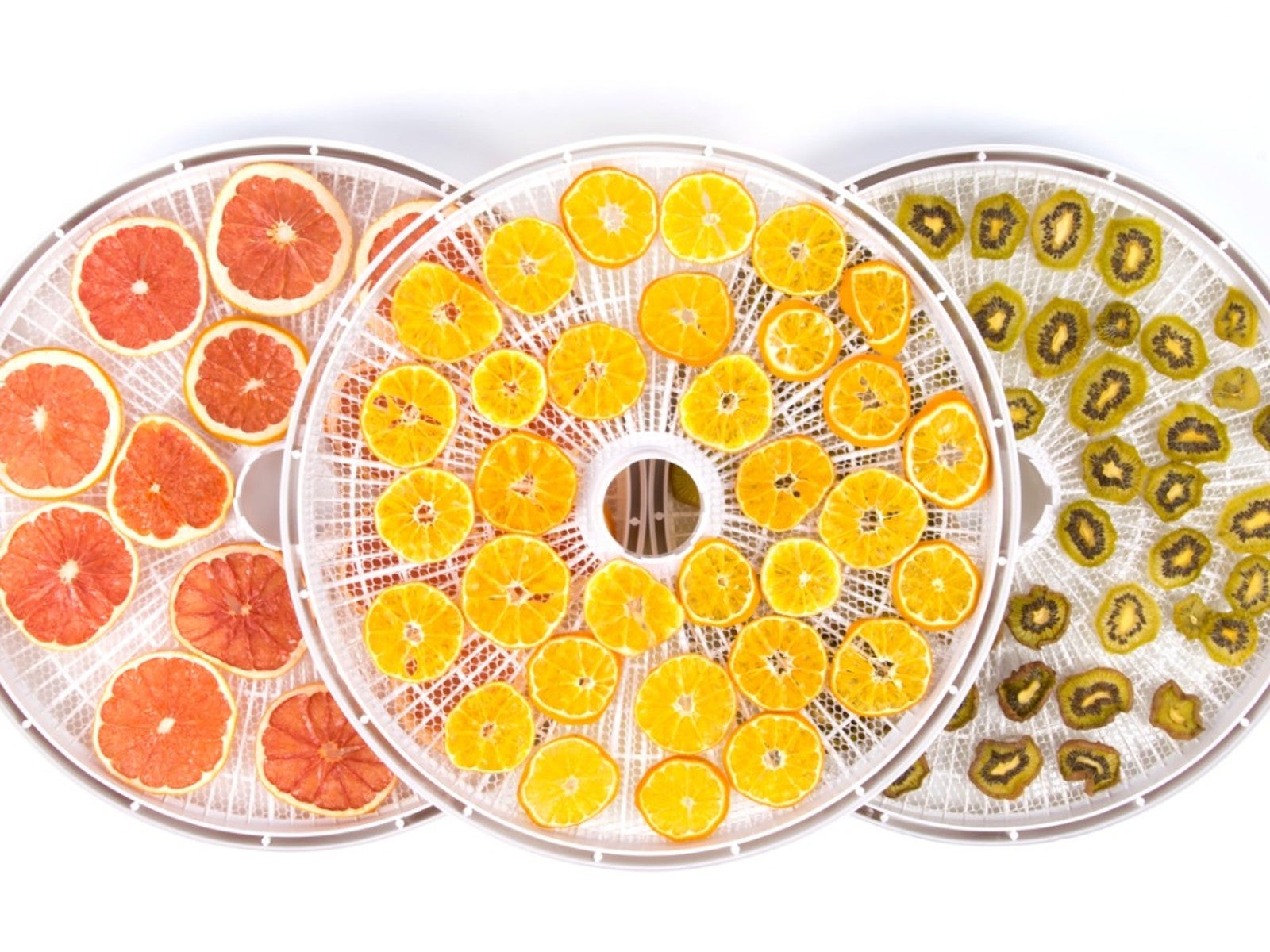
So, you had a bumper crop of apples, peaches, pears, etc. The question is what to do with all that surplus? The neighbors and family members have had enough, and you’ve canned and frozen all that you can handle. Sounds like it’s time to try drying fruits for long-term storage. Drying fruits and vegetables will allow you to extend the harvest far past the growing season. Read on to find out how to dry fruit at home, as well as vegetables.
Drying Fruit for Long-Term Storage
Drying food removes the moisture from it so bacteria, yeast, and mold can’t cultivate and end up spoiling the food. Dried or dehydrated fruit from the garden then becomes much lighter in weight and smaller in size. Dried food can then be rehydrated if desired or eaten as is.
There are a number of ways to dry food. The age-old method is drying via the sun, hence the term sun dried fruit, like tomatoes. A more modern approach is with a food dehydrator, which combines warm temps, low humidity, and airflow to dry food quickly. The warm temperatures allow the moisture to evaporate, the low humidity pulls moisture rapidly from the food and into the air, and the moving air speeds up the drying process by pulling the moist air away from the food.
How about ovens? Can you dry fruit in the oven? Yes, you can dry fruit in the oven but it’s slower than a food dehydrator because it doesn’t have a fan to circulate air. The exception here is if you have a convection oven, which does have a fan. Oven drying takes about twice as long to dry food than in a dehydrator, so it uses more energy and is less efficient.
Prior to Drying Fruits and Vegetables
Begin preparing the fruit for drying by washing it well and drying it. You don’t need to peel fruit before drying it, but the skin of some fruit, like apples and pears, becomes slightly tough when dried. If you think that might bother you, then peel it. Fruit can be cut in half or in thin slices, or even left whole. The larger the piece of fruit, though, the longer it will take to dry. Very thinly sliced fruit like apples or zucchini will become crisp like a chip.
Fruits like blueberries and cranberries should be dipped into boiling water to crack the skin. Don’t leave the fruit in too long though or it will become cooked and mushy. Drain the fruit and quickly chill it. Then blot the fruit dry and proceed to drying.
If you’re a purist, you may want to pre-treat some types of fruit. Pre-treating reduces oxidation, results in a nicer color, reduces the loss of vitamins, and lengthens the shelf life of the dehydrated fruit from the garden. I’m not particularly concerned about any of that, and our dehydrated fruit is so good it never needs to be stored for long; I eat it.
Gardening tips, videos, info and more delivered right to your inbox!
Sign up for the Gardening Know How newsletter today and receive a free copy of our e-book "How to Grow Delicious Tomatoes".
There are a number of ways to pre-treat fruit. One method is to place cut fruit in a solution of 3 ¾ (18 ml.) teaspoons of powdered ascorbic acid or ½ teaspoon (2.5 ml.) of powdered citric acid in 2 cups (480 mLl) of water for 10 minutes prior to drying. You can also use equal parts of bottled lemon juice and water, or 20 crushed 500mg vitamin C tablets mixed with 2 cups (480 ml.) of water in lieu of the above.
Another method for pre-treating fruit is by syrup blanching, which means simmering the cut fruit in a syrup of 1 cup (240 ml.) sugar, 1 cup (240 ml.) corn syrup, and 2 cups (480 ml.) water for 10 minutes. Remove the concoction from the heat and allow the fruit to sit in the syrup for an additional 30 minutes before rinsing it and laying it on dryer trays. This method will result in sweeter, stickier, candy-like dried fruit. There are also other methods to pre-treat fruit before drying that can be found in a quick search of the internet.
How to Dry Fruit at Home
There are several ways of drying garden fruits and vegetables:
Dehydrator
If using a dehydrator to dry fruit or vegetables, lay the pieces side by side, never overlapping on a drying rack. If you are using a pre-treated fruit, it is wise to lightly spray the rack with vegetable oil; otherwise, it will stick to the screen or tray. Preheat the dehydrator to 145 degrees F. (63 C.).
Put the trays in the preheated dehydrator and leave them for one hour, at which point, reduce the temperature to 135 to 140 degrees F. (57-60 C.) to finish drying. Drying time will vary depending upon the dehydrator, the thickness of the fruit, and its water content.
Oven drying
For oven drying, place the fruit or vegetables on a tray in a single layer. Put them in a preheated oven at 140 to 150 degrees F. (60-66 C.) for 30 minutes. Open the oven door a bit to allow the excess moisture to escape. After 30 minutes, stir the food around and check to see how it is drying. Drying can take anywhere from four to eight hours depending upon the thickness of the slices and water content.
Sun drying
For sun dried fruit, a minimum temperature of 86 degrees F. (30 C.) is needed; even higher temps are better. Watch the weather report and pick a time to sun dry fruit when you will have several days of dry, hot, breezy weather. Also, be aware of the humidity level. A humidity of below 60% is ideal for sun drying.
Dry fruit in the sun on trays made of screen or wood. Be sure that the screening is food safe. Look for stainless steel, Teflon coated fiberglass, or plastic. Avoid anything made from “hardware cloth,” which can oxidize and leave harmful residue on the fruit. Avoid copper and aluminum screens as well. Don’t use green wood, pine, cedar, oak, or redwood for making trays, as they warp. Place the trays on a block to allow for better air circulation atop a concrete driveway or over a sheet of aluminum or tin to foster increased sun reflection.
Cover the trays with cheesecloth to keep the greedy birds and insects off. Cover or bring the drying fruit in at night since the cold condensing air will rehydrate the food and slow down the dehydrating process which will take several days.
Storing Dehydrated Fruit and Vegetables
Fruit is dry when it is still pliable but no beads of moisture form when pressed. Once the fruit has dried, remove it from either the dehydrator or oven and allow it to cool before packaging it for storage.
Dried fruit should be packed loosely into an airtight glass or plastic container. This allows any remaining moisture to distribute evenly among the fruit slices. If condensation forms, the fruit is not sufficiently dried and should be dehydrated further.
Store packaged dehydrated fruit from the garden in a cool, dark area to help it retain the vitamin content of the fruit. Dried fruit can also be stored in the freezer or refrigerator which will help to extend its shelf life… but I don’t expect that to be a problem. Chances are good that your dehydrated fruit will be gobbled up in no time at all.

Amy Grant has been gardening for 30 years and writing for 15. A professional chef and caterer, Amy's area of expertise is culinary gardening.
-
 8 Noteworthy Native Azaleas Every Gardener Should Know – And Grow!
8 Noteworthy Native Azaleas Every Gardener Should Know – And Grow!Native azaleas offer brilliant blooms in a range of colors and sizes. Here are a few favorites to get inspired and start working on a native shade garden!
-
 Growing Climbing Roses: How To Create Elegant Displays With Maximum Blooms
Growing Climbing Roses: How To Create Elegant Displays With Maximum BloomsMaster the art of growing stunning climbing roses with this essential guide to creating vibrant, fragrant walls and structures all summer long.
-
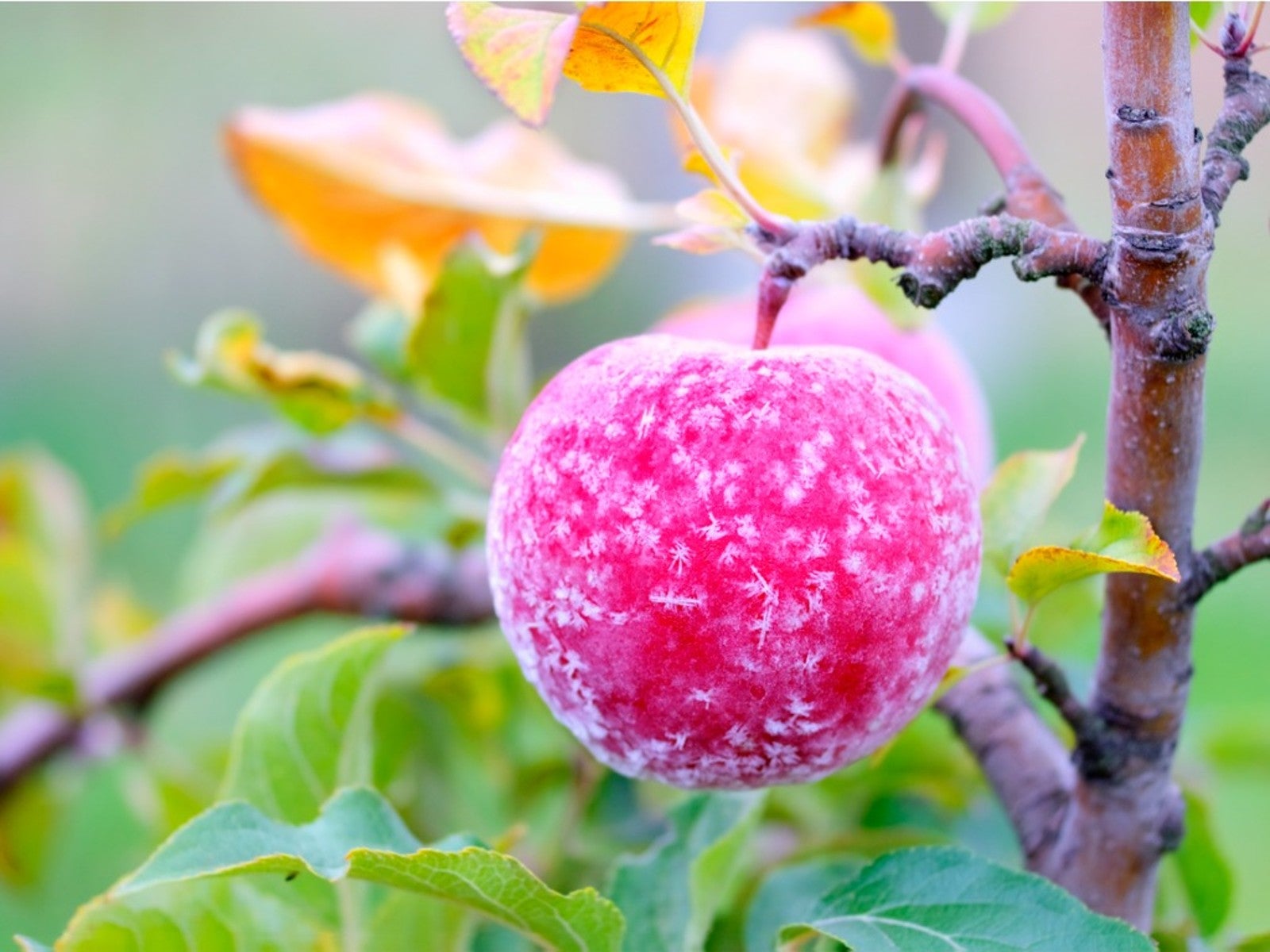 How To Protect Fruit Trees From Frost And Freeze
How To Protect Fruit Trees From Frost And FreezeChoosing fruit trees appropriate for your growing zone is best, but you still may need to protect them from extreme cold. Read how.
-
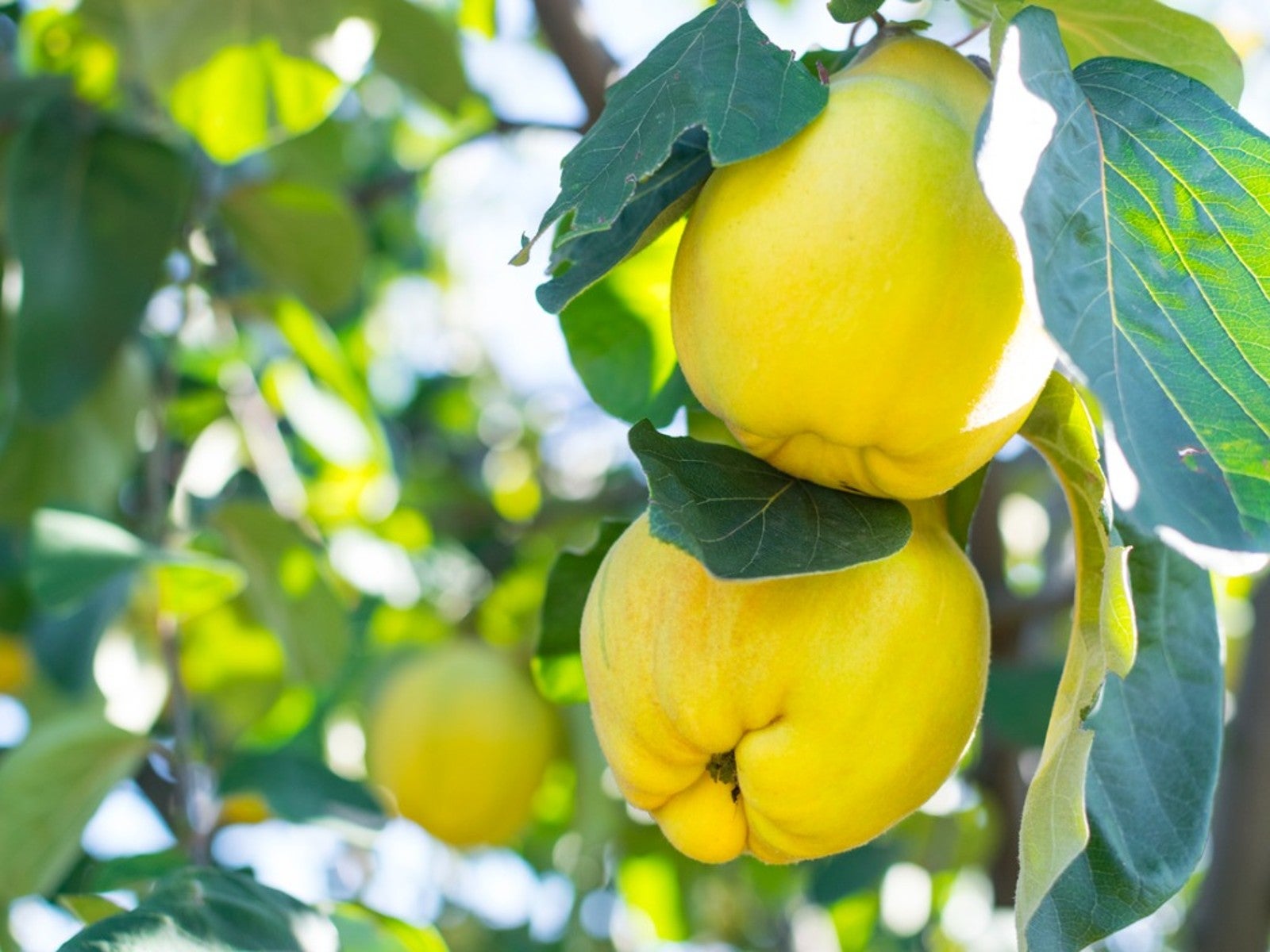 Best Plants For Late Summer and Fall Fruit Harvest
Best Plants For Late Summer and Fall Fruit HarvestEven if you don’t have the optimal conditions for more common fruit trees, there are other end of summer fruits to enjoy.
-
 Best Native Fruit Trees To Support Wildlife
Best Native Fruit Trees To Support WildlifeIf you want trees that will attract and feed wildlife, learn the best kinds of edible fruit and nut trees to plant for inviting specific creatures.
-
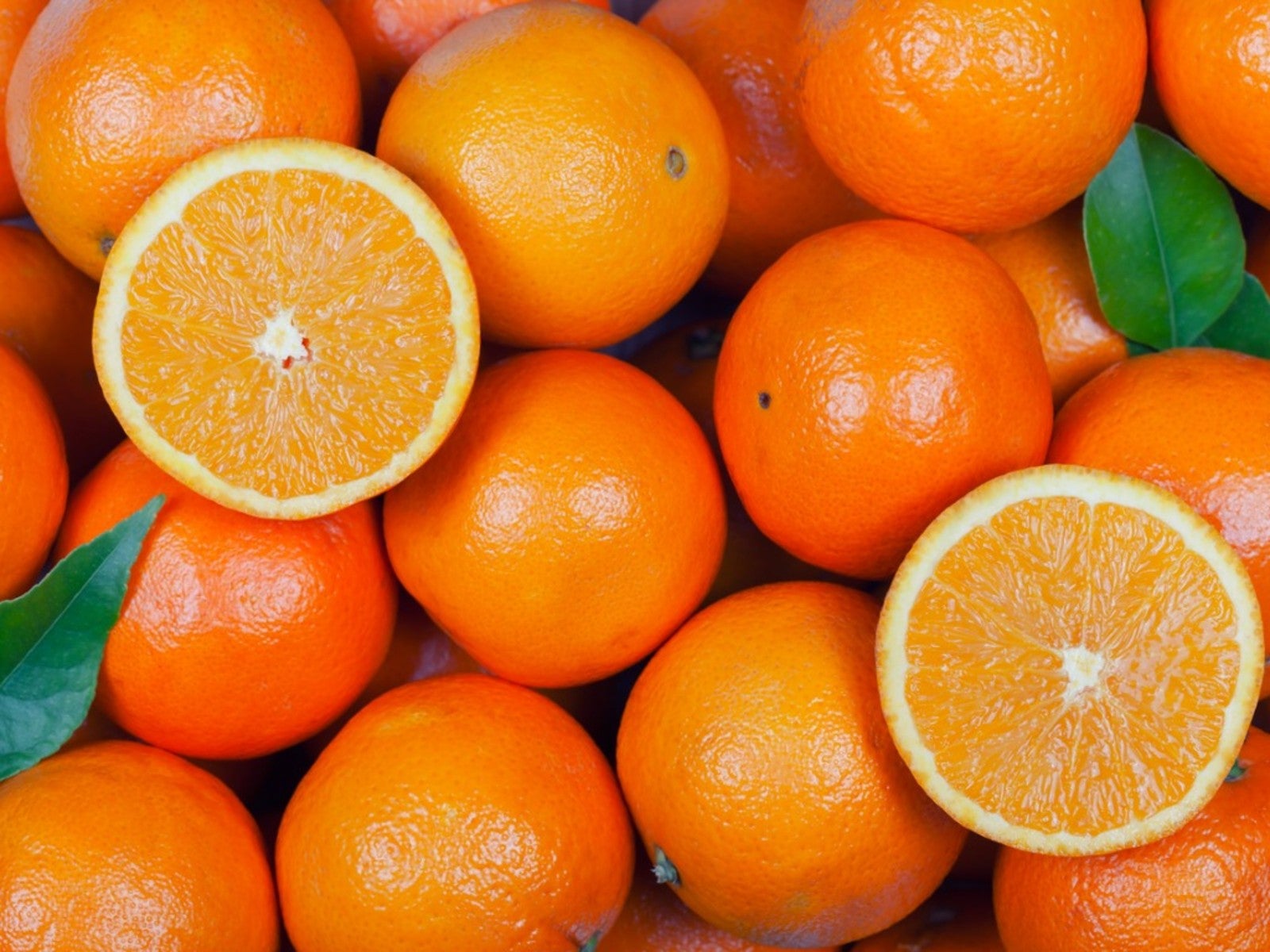 Orange Fruit Varieties: Growing Fruits That Are Orange
Orange Fruit Varieties: Growing Fruits That Are OrangeOrange colored fruit isn’t limited to the citrus orange. There are plenty of other orange colored fruit varieties, each packing a healthful punch. Read on for more.
-
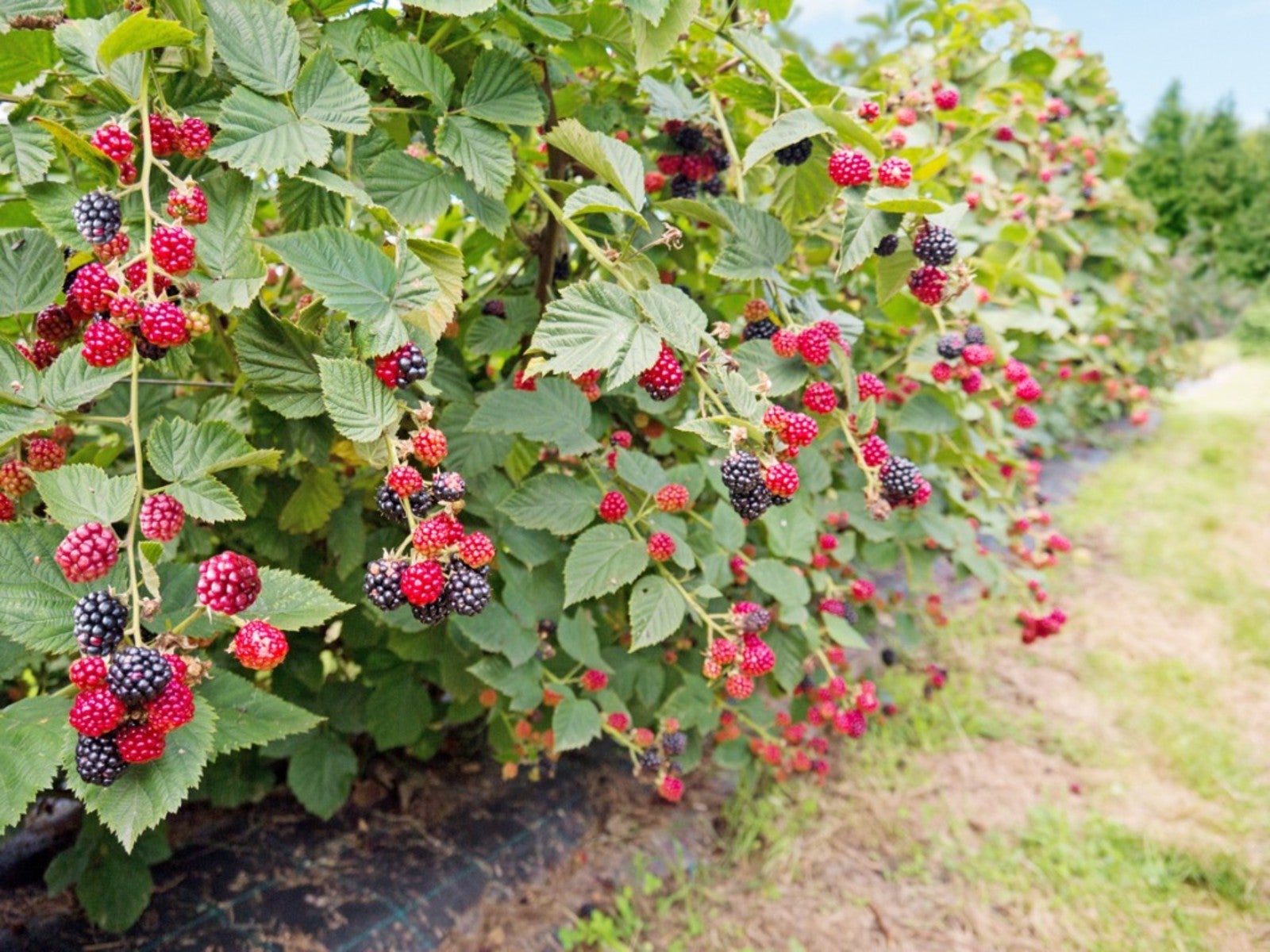 Everbearing Plants: Learn About Everbearing Varieties Of Fruit
Everbearing Plants: Learn About Everbearing Varieties Of FruitWhat does everbearing mean? And more importantly, how do everbearing varieties differ from non-everbearing types? Read on for more.
-
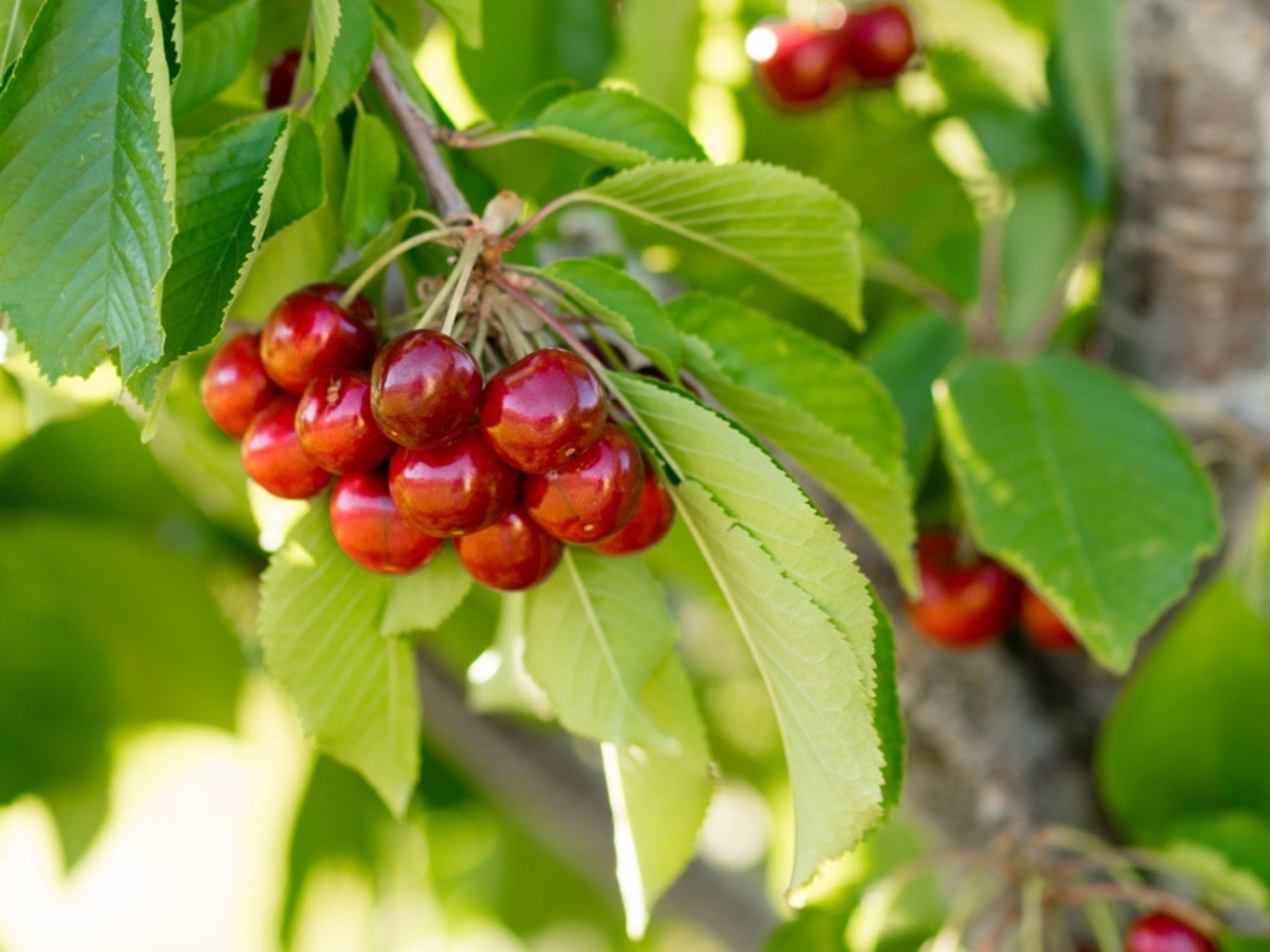 Plant A Red Fruit Garden: Growing Fruits With Red Flesh
Plant A Red Fruit Garden: Growing Fruits With Red FleshPlanting a red fruit garden may seem a bit whimsical. That is, until you realize the health benefits of consuming fruits with red flesh.
-
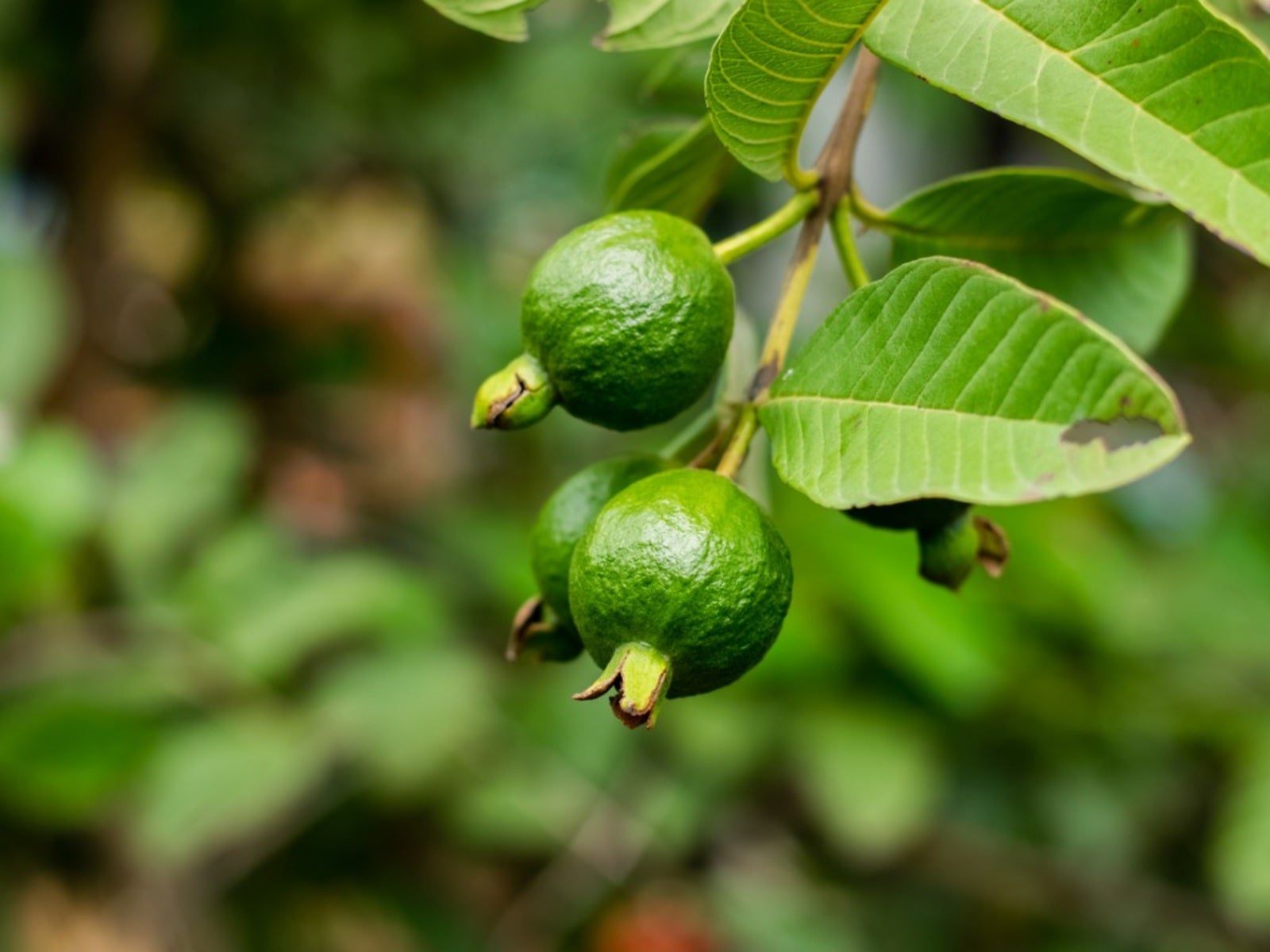 Heat Tolerant Fruits - Growing Fruit In Hot Weather
Heat Tolerant Fruits - Growing Fruit In Hot WeatherSome fruit grows in extreme heat naturally. But there are also specially cultivated, heat-tolerant varieties. For more information on heat tolerant fruits, read on.
-
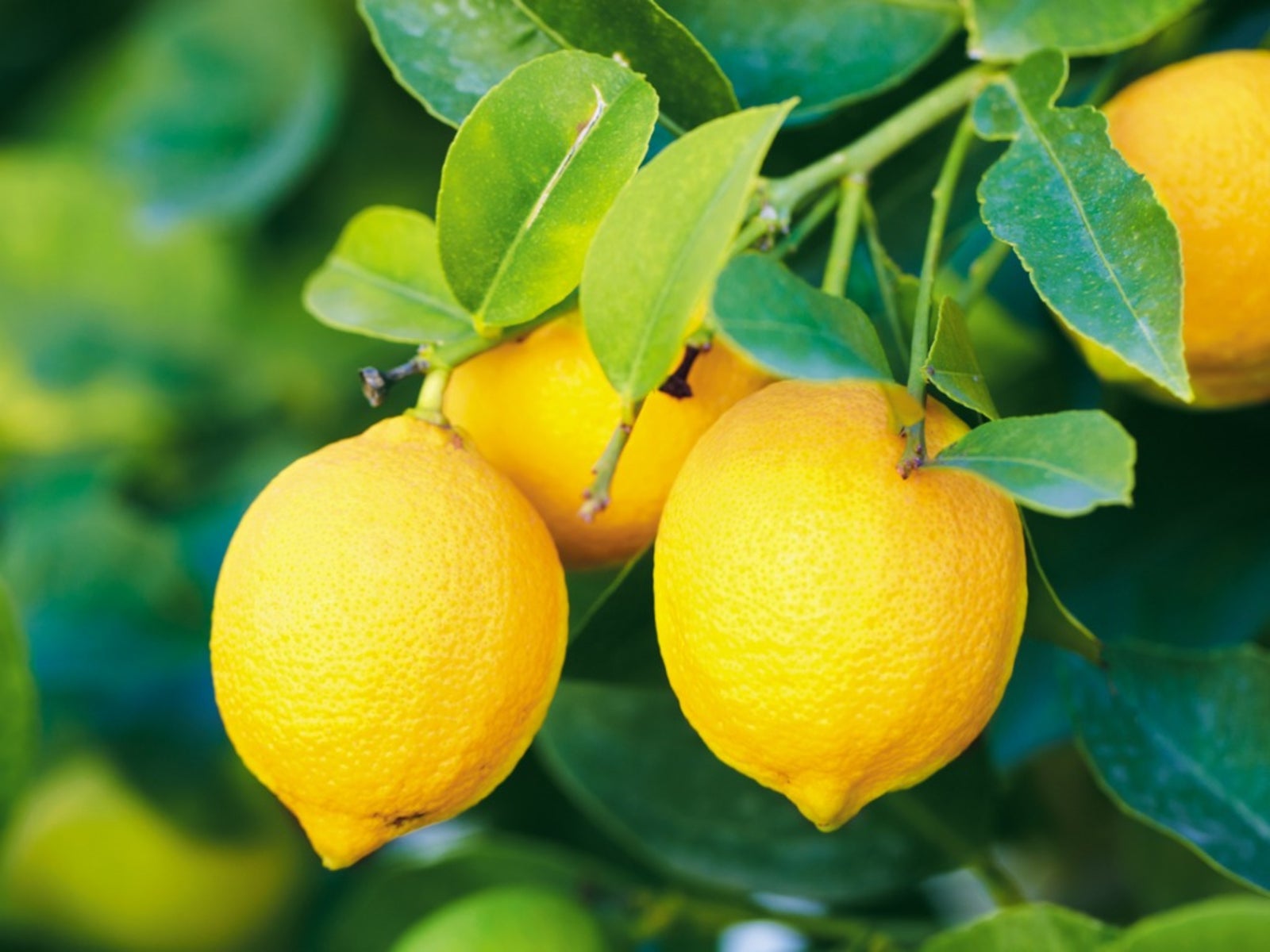 Yellow Fruit Varieties - Growing Fruit That Is Yellow
Yellow Fruit Varieties - Growing Fruit That Is YellowWhat fruit is yellow? There's more than the bananas at the supermarket. Try growing yellow fruit for a consistent supply of sunny food.